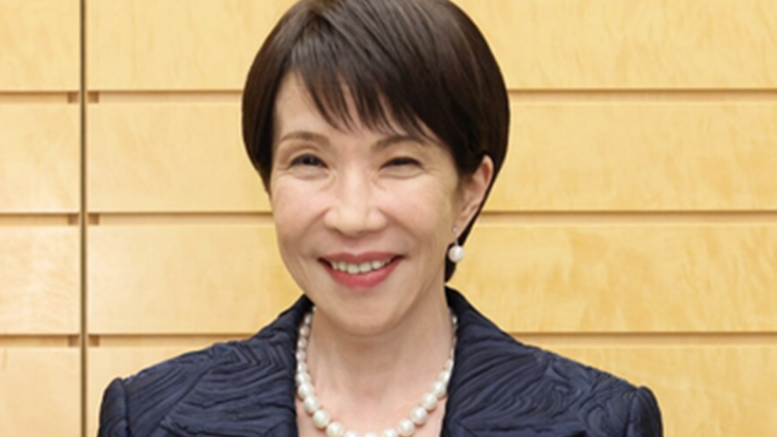DWS | The Japanese stock market index, the Nikkei 225, has surged by around 25% since the beginning of the year and, at almost 50,000 points, is approaching its all-time high. The driving factors are not just euphoria over Artificial Intelligence (AI) and the weak yen, but also a new political realignment in Tokyo. Following the election this week of Sanae Takaichi as Prime Minister and the formation of a reform-oriented coalition between her Liberal Democratic Party (LDP) and the Japan Innovation Party (Ishin), market participants are hopeful for the implementation of a growth-friendly agenda.
The optimism stems from market speculation about the possibility of Takaichi launching “Abenomics 2.0.” This term is synonymous with the economic policy of former Prime Minister Shinzo Abe, introduced in 2012 when he came to power for the second time. It involved increasing the country’s money supply, boosting public spending, and implementing reforms to make the Japanese economy more competitive. At the time, The Economist described the program as “a mix of reflation, government spending, and a growth strategy designed to lift the economy out of the slump it has been in for more than two decades.”
It is precisely these expectations—namely, fiscal stimulus, a favorable monetary policy, and increased pressure for reform—that are currently fueling market hopes. Some experts warn that much of the optimism has already been priced in. However, the combination of political stability and a growth-oriented agenda could provide significant support for economic development and the markets.
There are structural forces reinforcing the uptrend, such as the return of foreign investors, corporate governance reforms, and share buybacks by Japanese companies, which have reached near-record levels. These developments may indicate a cultural shift away from the long-held Japanese tendency to hoard cash. Earlier this year, the Tokyo Stock Exchange urged domestic companies to use capital more efficiently, thereby encouraging buybacks and dividend increases.
“The monetary policy of the Bank of Japan remains a key factor,” states Lucas Brauner, Japan economist at DWS. “After abandoning the negative interest rate policy, further interest rate hikes are likely, although we currently expect them to be somewhat delayed due to the political transition phase and planned stimulus measures.”
These delays should give markets enough time to absorb the fiscal stimulus and smoothen the transition to higher nominal yields, thus safeguarding the economic recovery.





